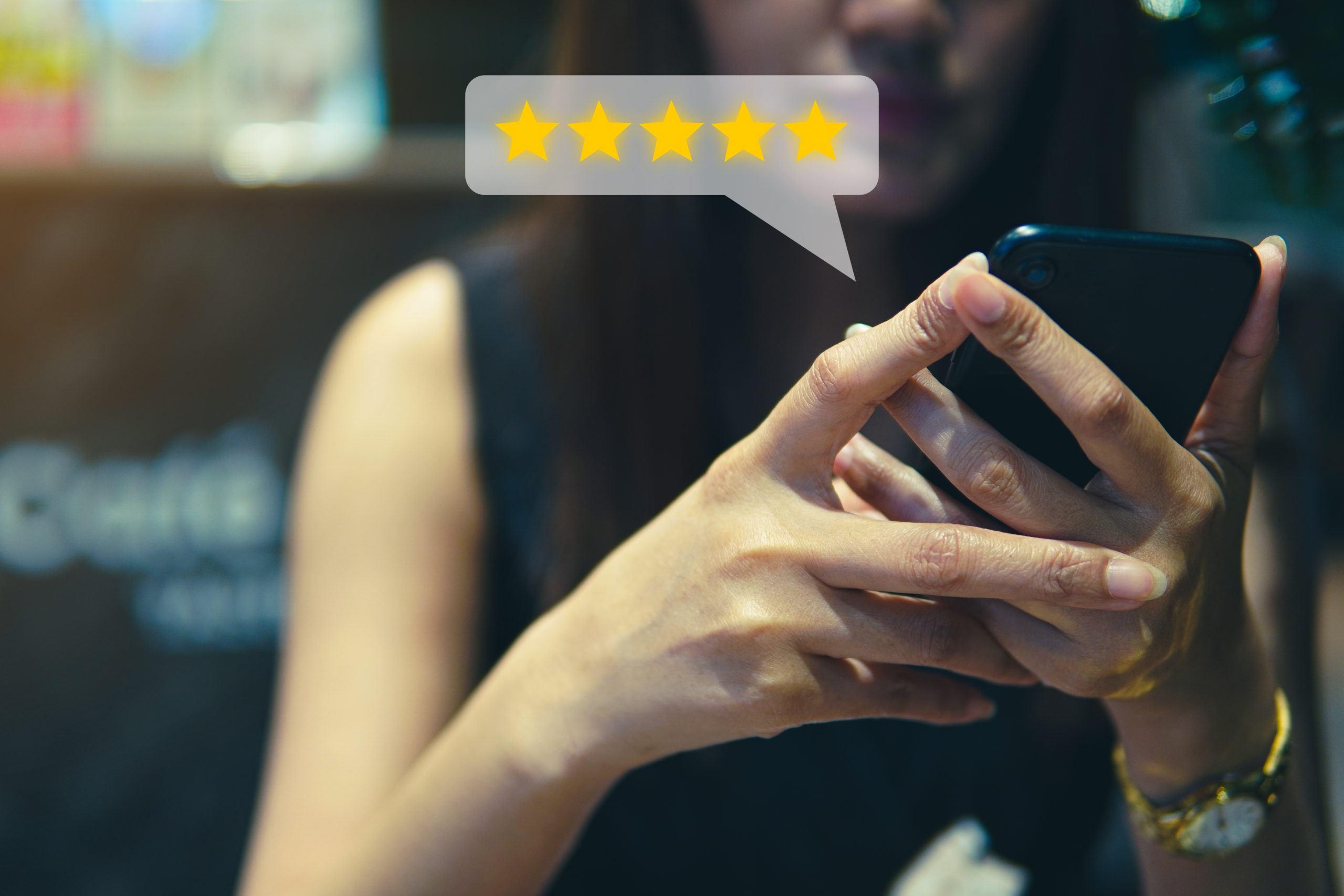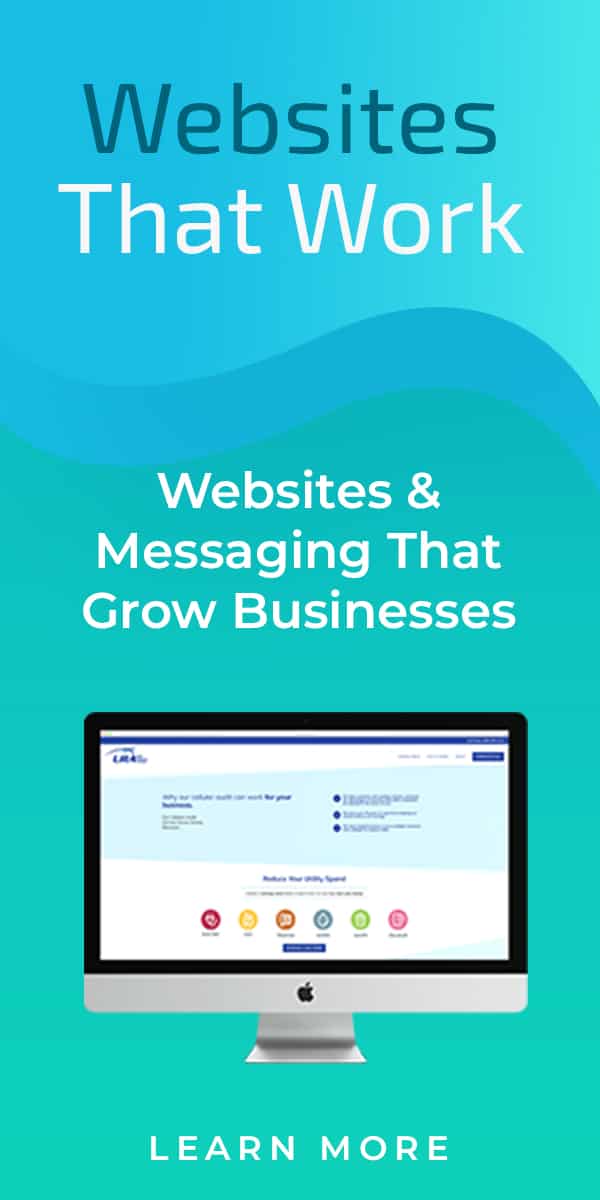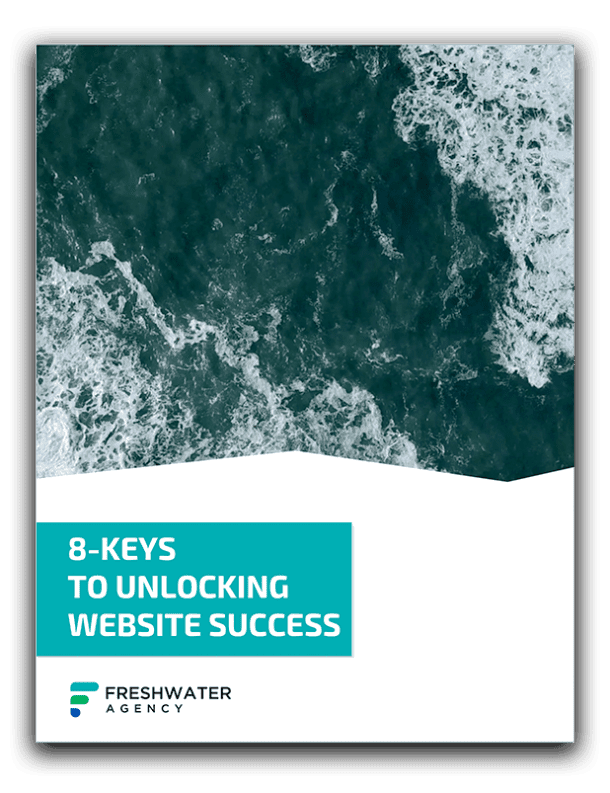You’ve probably heard that a landing page is key to a successful online marketing campaign. But what makes a landing page effective? And how can you create one that converts visitors into customers? This post looks at the anatomy of a high-converting landing page and give tips on how to create one yourself.
What Is a Landing Page, and Why Do You Need One?
A landing page is a stand-alone web page designed to convert visitors into customers or leads. It’s different from other pages on your website because it has one specific goal: to get the visitor to take action. This could be anything from signing up for a free trial to making a purchase.
To be effective, a landing page must be targeted to a specific audience and offer something that they want or need. It should also be relevant to the ads or links that bring visitors to the page. And finally, it should be designed to make it easy for the visitor to take the desired action.
Now that you know what a landing page is, the following list outlines the anatomy of a high-converting landing page.

Ingredients of a High-Converting Landing Page
A high-converting landing page has several key elements to get the visitor to take action. These elements include:
1. A Compelling Headline
The headline is perhaps the most important element on your landing page. It’s what will first capture a visitor’s attention and persuade them to keep reading. To be effective, your headline should be clear and concise, describing what you’re offering in a way that’s relevant to the visitor.
For example, if you’re selling a weight-loss product, your headline might be “Lose 10 Pounds in 30 Days.”
2. A Supportive Subheadline
Your subheadline (commonly called a subhead) should elaborate on the headline and give visitors more information about what they can expect if they take the desired action. For example, if your headline is “Lose 10 Pounds in 30 Days,” your subheadline might be “Get Your Money Back.”

3. A Compelling Offer
Your offer is what you give to the visitor in exchange for their contact information or purchase. To be effective, it should be something that your target audience wants or needs, and it should be relevant to the headline and subhead. For example, if your headline is “Lose 10 Pounds in 30 Days,” your offer might be a weight-loss program that includes a diet and exercise plan.
4. A Call to Action
A call to action tells people what they need to do on a landing page. It’s important because it tells people what they need to do to get what they want. The CTA should be clear and concise and be placed in a prominent location on the page. For example, if you want people to sign up for your weight-loss program, your CTA might be “Sign Up Now.”

5. A Lead Capture Form
A lead capture form asks for visitors’ contact information so that you can follow up with them later. This is important because it allows you to stay in touch with potential customers and continue marketing to them even after they’ve left your landing page. The form should be short and to the point and only ask for information you need. For example, you might ask for a person’s name, email address, and phone number.
6. A Story or Case Study
A story or case study is a real-world example of how your product or service has helped someone else. This is important because it helps to build trust and credibility with potential customers. It also allows them to see the potential benefits of taking the desired action. For example, if you’re selling a weight-loss program, you might include a case study of someone who succeeded with your product by losing 10 pounds in 30 days.
7. A Guarantee
A guarantee promises the visitor that they will be satisfied with your product or service. A guarantee can ease any doubts or concerns potential customers might have, making them more likely to take the desired action. For example, if you’re selling a weight-loss program, you might offer a money-back guarantee if the customer doesn’t lose 10 pounds in 30 days.

8. Testimonials
Testimonials are real reviews from customers who have used your product or service. Testimonials help to build trust and credibility with potential customers. They also allow potential customers to see that your product or service is high quality and effective. For example, if you’re selling a weight-loss program, you might include testimonials from people who have successfully lost weight with your program.
9. A countdown timer
A countdown timer is a clock that counts down the time until a certain event occurs. This is important because it creates a sense of urgency and encourages people to take the desired action before it’s too late. For example, if you’re selling a weight-loss program, you might include a countdown timer that expires when the program ends.

10. A Live Chat widget
A Live Chat widget is software that allows you to chat with visitors in real-time. A live chat widget allows you to answer any questions potential customers might have and help convert them into leads. Some live chat widgets allow you to create a list of frequently asked questions to populate chat answers.
11. Social Proof
Social proof is a type of customer validation that occurs when people see that others are using and enjoying your product or service. Social proof helps to build trust and credibility with potential customers. It also lets them see that your product or service is popular and in demand. Social proof software options will create notifications as a download or sale comes in. For example, you might see a notification saying, “Mary J just bought this product!”
12. A video
A video is a short film that you can use to promote your product or service. Video helps you quickly and effectively explain your product or service and how it can help potential customers. It also helps to build trust and credibility with potential customers. For example, if you’re selling a weight-loss program, you might include a video that explains how the program works and how it can help people to lose weight.

Conclusion
In closing, a high-converting landing page must include several key elements to succeed. These elements are a headline, a subheading, a form, a story or case study, a guarantee, testimonials, a countdown timer, a Live Chat widget, social proof, and a video.
If you include these elements on your landing page, you’ll convert more leads into customers.


